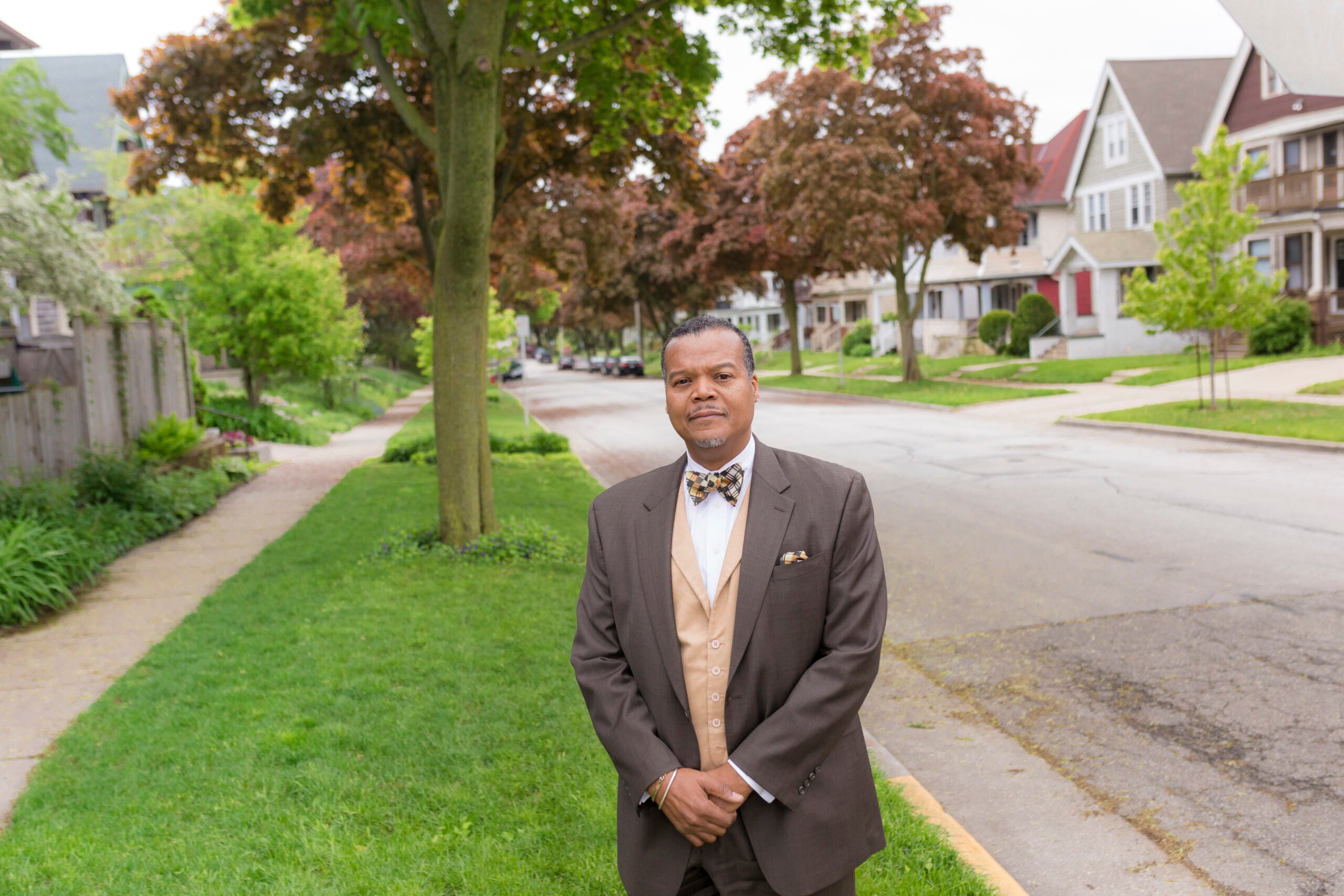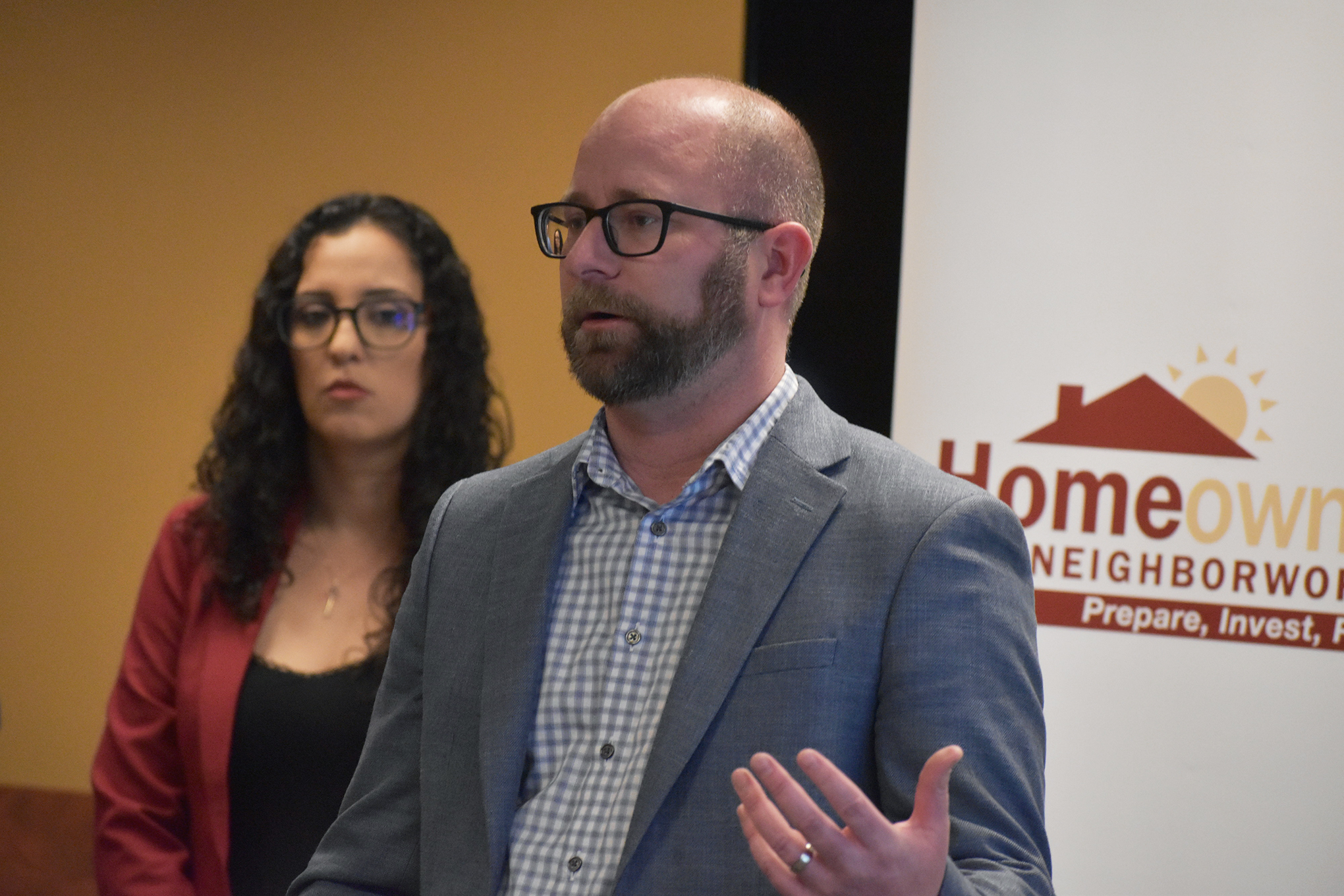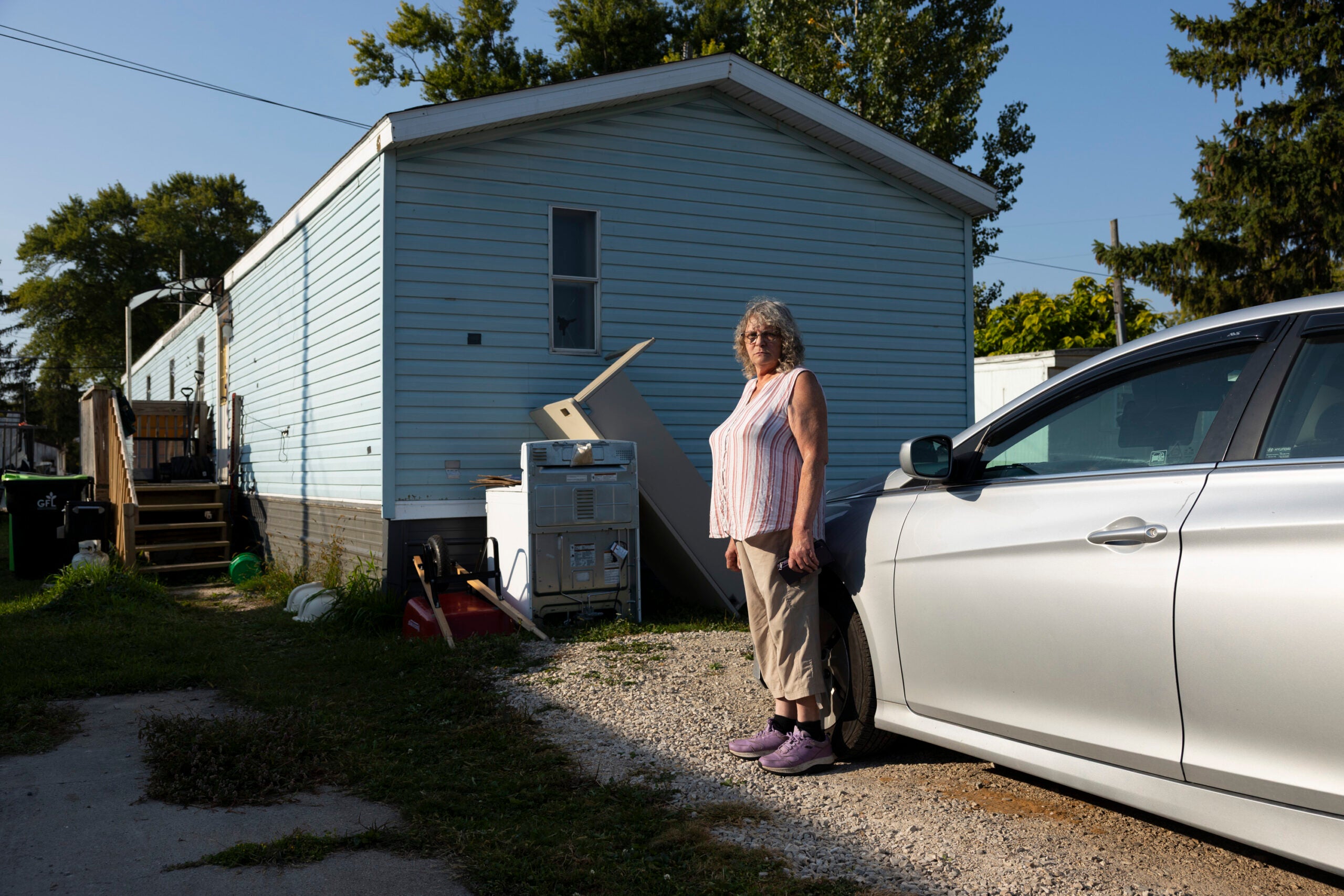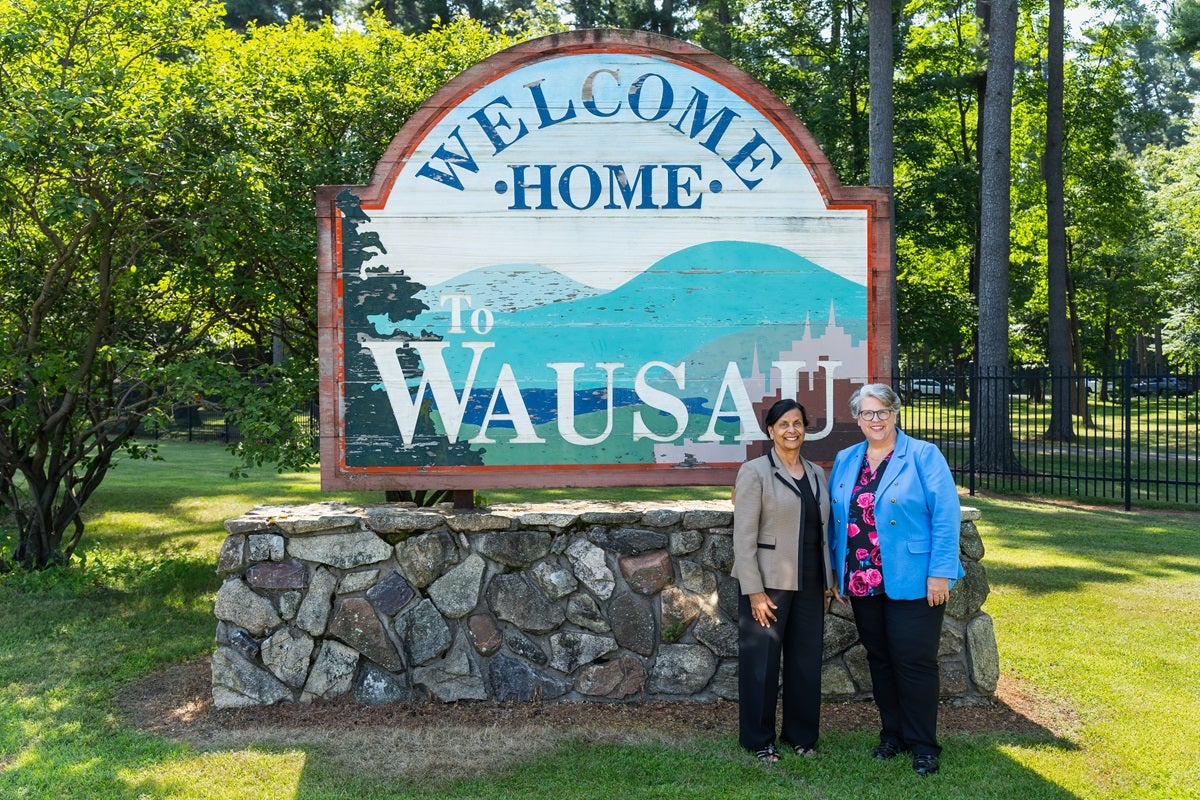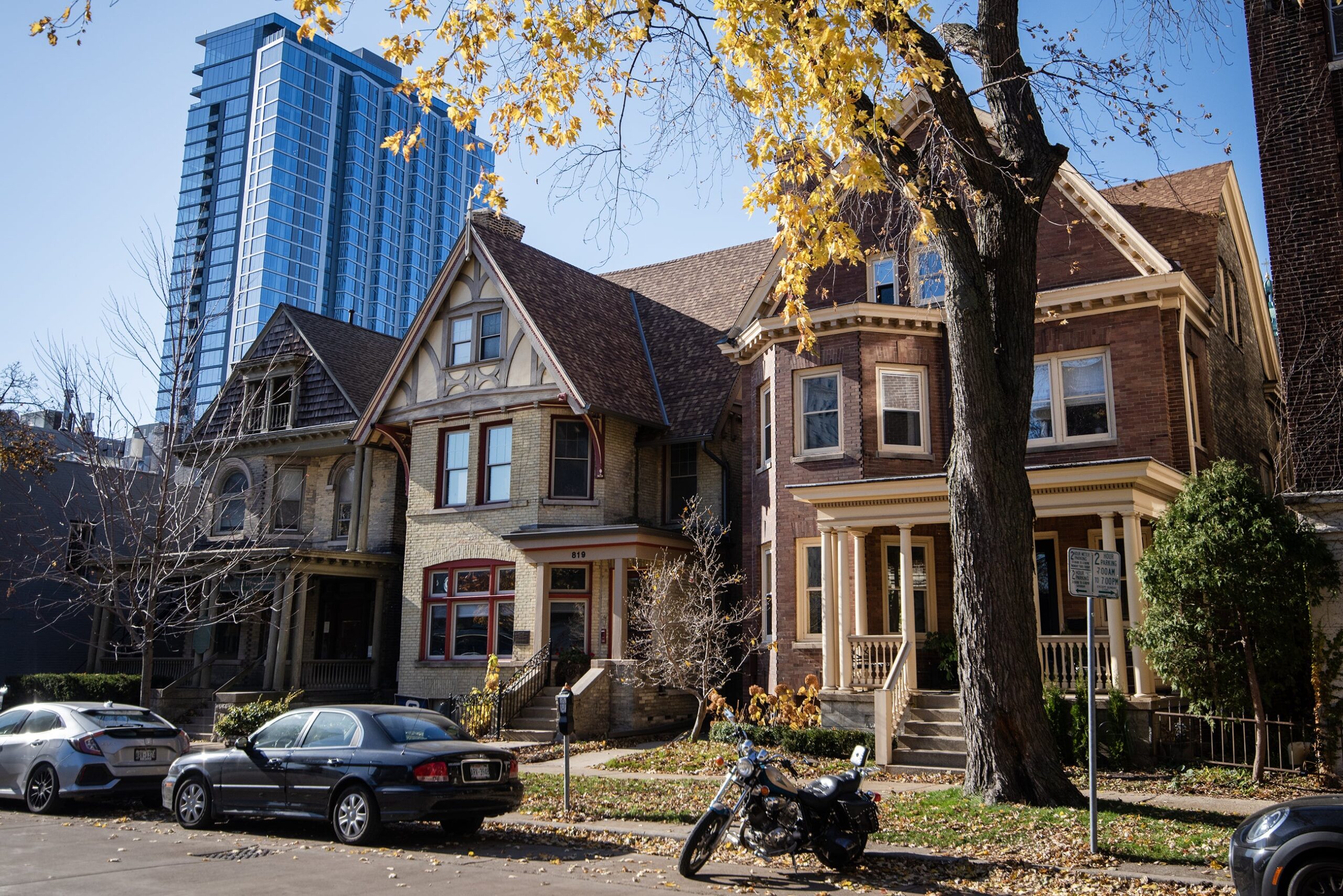As a certified municipal planner, when Kirk Harris walks through a neighborhood in decline he sees one cause: segregation.
“Just go across the list of challenges that you have seen and that cities are experiencing, they immediately connect to the high levels of segregation and unequal distribution of resources,” he recently said on WPR’s “Wisconsin Today.”
Harris, an associate professor in the department of urban planning at the University of Wisconsin–Milwaukee, has been teaching municipal planning for more than 20 years. Historically, city planners played a part in segregating cities, he said.
News with a little more humanity
WPR’s “Wisconsin Today” newsletter keeps you connected to the state you love without feeling overwhelmed. No paywall. No agenda. No corporate filter.
His solution to help these cities? The new UW-Milwaukee Center for Equity Practice and Planning Justice, which is expected to launch next week in the heart of one of the most segregated cities in America.
“We don’t need to know any more about why we’re segregated,” Harris said. “But what we’re woefully short on is the practices that will lead us down the road that will address this problem.”
City planners are professionals who design cities and communities by planning how land and buildings are used. Planners take into consideration details like the height of buildings, the width of streets and the design and location of neighborhoods.
Harris said city planners have contributed to the segregation of cities over time by not challenging racially motivated planning practices.
The infrastructure of a city, the zoning codes and racist housing practices have negative effects on health outcomes, educational outcomes, economic development and sustainability, he said. All are problems the center wishes to address.
But Harris’ first priority is housing.
“Housing connects with everything,” he said. “It connects with employment. It connects with transportation, zoning. It connects with health, and it connects with the environment.”
As of 2022, the state needed to add up to 227,000 housing units by 2030 to keep up with demand, according to a report from the Wisconsin Counties Association. The National Low Income Housing Association says the state is short 123,864 rental homes that are affordable and available for extremely low-income renters.
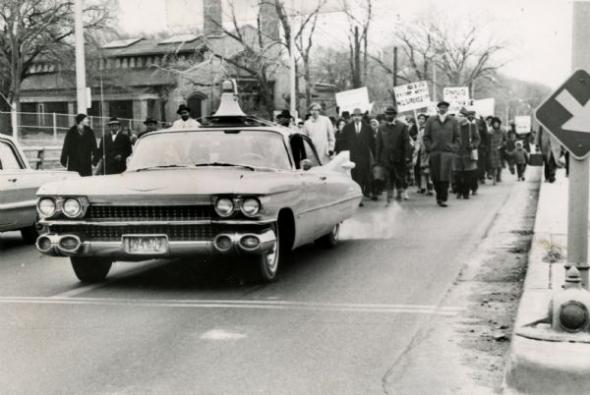
Harris said another big challenge will be zoning reform.
When municipal planners are reviewing developments, they must adhere to the zoning laws. Those laws traditionally divide geographic areas into zones or districts and designate the permitted use of the land. For example, a piece of land could be zoned agricultural, residential or commercial.
“Zoning as a part of the planning practice has been historically the fundamental thing that has contributed to the problem,” Harris said.
As the center gets off the ground, Harris is partnering with a variety of stakeholders including housing advocates, city leaders and education and health groups.
He said there is tremendous interest in addressing segregation in Wisconsin. But he recognized that the mission of the center — to expand opportunities to disadvantaged communities and deconstruct racist planning practices — is a tall task and will take time to complete.
But he’s hopeful.
“Planners never are hopeless because planners are dreamers,” he said. “We always believe there’s something around the corner that could change the course of things.”

